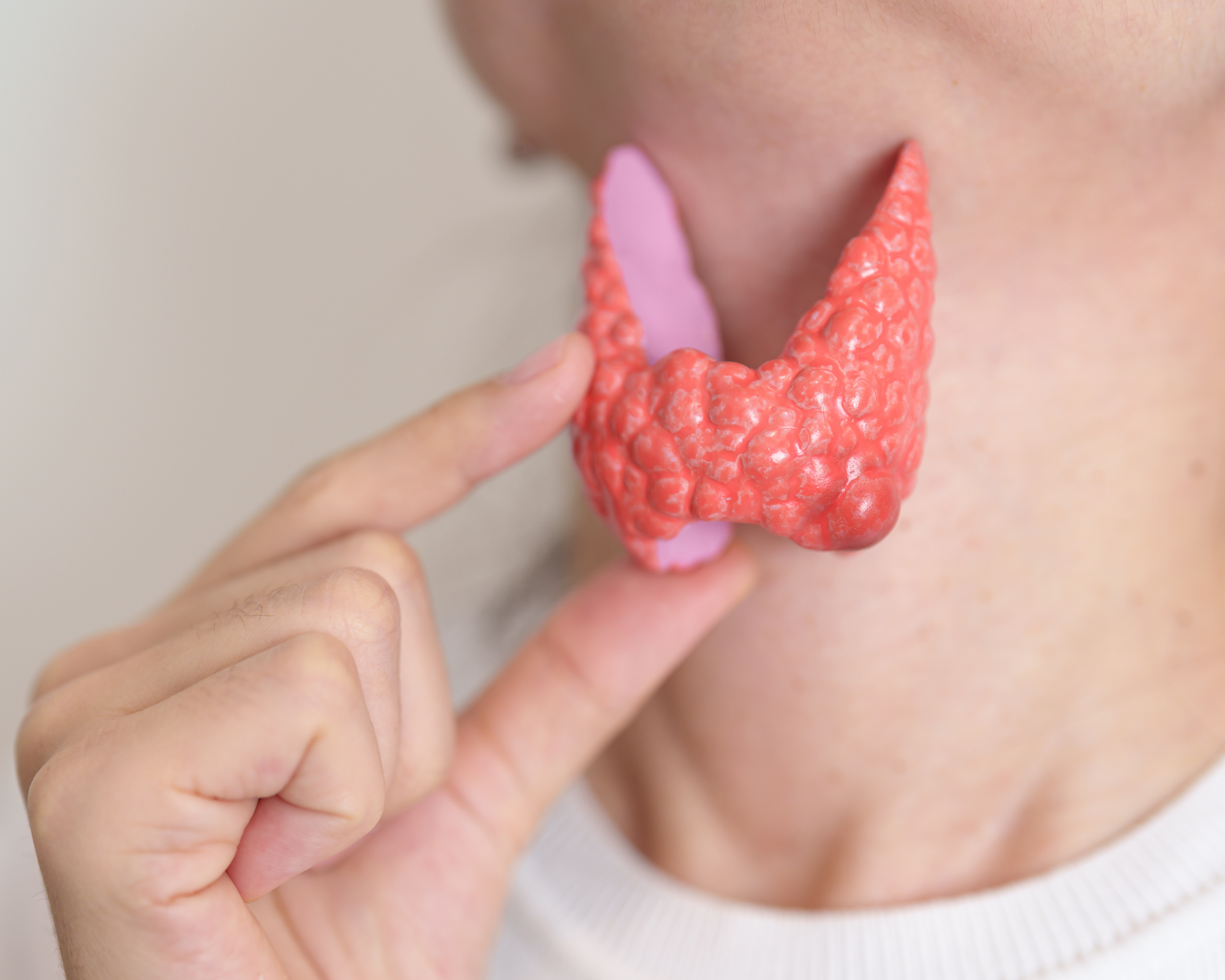Your cart is currently empty!

Navigating the Tides of Thyroid Health: Hyperthyroidism vs. Hypothyroidism
John had always trusted his body. As a lifelong fisherman, he was no stranger to early mornings, long days, and the quiet strength that came with hard work. But lately, something felt off. His energy dipped without reason, his weight fluctuated, and he couldn’t shake the feeling that something deeper was going on. After weeks of uncertainty, a routine checkup revealed what he hadn’t expected: a thyroid imbalance. His experience, like that of many others, opened the door to a conversation that often goes overlooked: Hyperthyroidism vs. Hypothyroidism, and how these two very different conditions can quietly impact everyday life.
The Thyroid Spectrum
The thyroid gland, a small butterfly-shaped gland in the neck, plays a pivotal role in regulating the body’s metabolism through the release of thyroid hormones. When this balance tips, it can lead to two primary conditions: hyperthyroidism, where the gland is overactive, and hypothyroidism, where it’s underactive. Each condition carries its unique set of challenges and symptoms, often mirroring each other in a delicate dance of contrasts.
Hyperthyroidism: The Accelerator
Imagine your body as a car, and hyperthyroidism is pressing the gas pedal to the floor. It’s characterized by an overproduction of thyroid hormones, leading to symptoms like unexpected weight loss, rapid heartbeat, excessive sweating, and an increased appetite. In the Southeast, where the pace of life might be slower, but the heat turns up high, these symptoms can be particularly taxing.
Hyperthyroidism affects about 1% of Americans, with women being more likely to develop the condition than men. It’s often caused by Graves’ disease, an autoimmune disorder that encourages the thyroid to produce too much hormone.
Hypothyroidism: The Brake
Conversely, hypothyroidism is akin to having the brakes on, slowing down bodily functions. Symptoms include fatigue, weight gain, cold intolerance, and slowed heart rate. In the cooler months of the Southeastern states, those with hypothyroidism might find the cold almost unbearable, their bodies struggling to generate enough heat.
This condition is fairly common. It affects about 4.6% of the U.S. population aged 12 and older. Women and older adults are more likely to experience it. One of the most common causes is an autoimmune disorder. This condition is called Hashimoto’s thyroiditis. In this case, the immune system mistakenly attacks the thyroid gland.

Detection and Symptoms
Detecting these conditions starts with paying close attention to symptoms. Fatigue, weight changes, mood shifts, and sensitivity to temperature can all be important clues. Blood tests are used to confirm a diagnosis. These typically measure levels of Thyroid-Stimulating Hormone (TSH) and thyroxine. Understanding the signs of Hyperthyroidism vs. Hypothyroidism helps make sense of what your body is trying to tell you. Early detection can make a big difference in managing thyroid health. Seeking timely medical advice is especially important, particularly when lifestyle pressures or economic challenges might delay access to proper healthcare.
While hyperthyroidism and hypothyroidism are two sides of the same coin, their impact on the body’s metabolism and overall energy levels positions them at opposite ends of the spectrum. One ramps up the body’s processes, while the other slows them down. This contrast highlights the complexity of thyroid health. It also underscores the importance of awareness and education in managing these conditions.
John’s journey, much like that of many others facing similar health challenges, emphasizes the importance of early detection, understanding the symptoms, and seeking professional guidance. With every story shared and every symptom acknowledged, we pave the way for a healthier tomorrow. Could understanding the delicate balance of our thyroid health be the key to unlocking a fuller, more vibrant life?

Leave a Reply